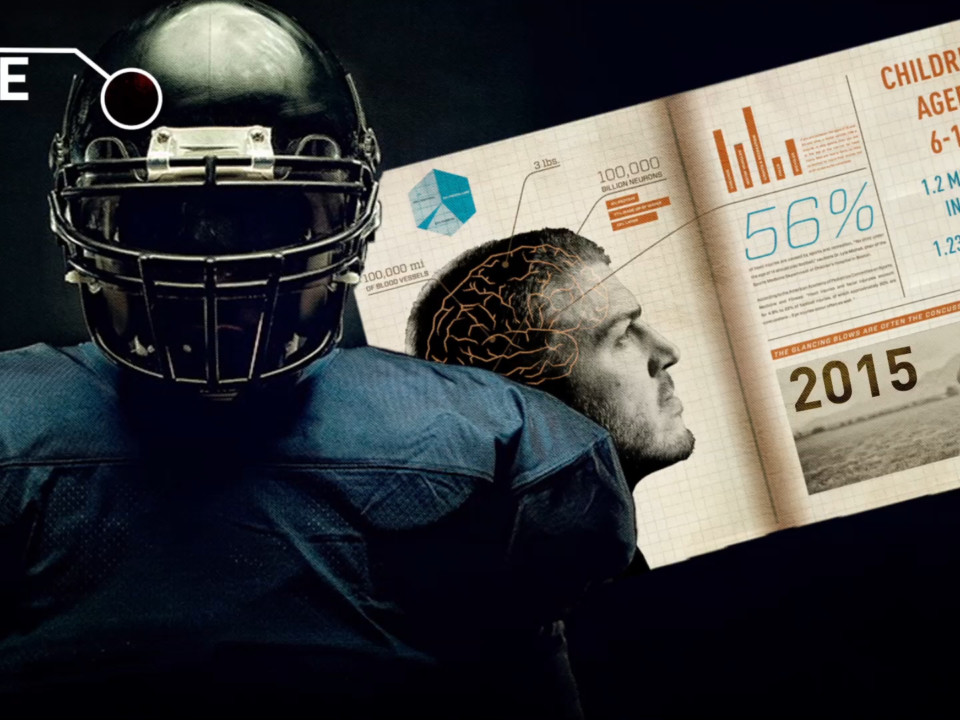A recent study that revealed a strong correlation between football players and long-term neurological conditions could have disastrous effects for a sport that has a deep roots in U.S. culture.
CGTN’s Yasmeen Alamiri explains.
The study, published in The Journal of the American Medical Association, looked at the brains of 202 deceased American football players. Of the 111 donated brains of National Football League players, 110 proved to have CTE—or Chronic Traumatic Encephalopathy.
CTE has been linked to a host of symptoms, including memory loss, confusion, depression, dementia, and increased aggression. The symptoms of CTE, however, could arise years after a player has suffered the last blow to their head.
The effects of CTE on professional American football players gained some attention following the 2013 suicide of Junior Seau, one of the NFL’s leading linebackers. Following his death, which came two years after he retired from the league, the National Institutes of Health found Seau suffered from CTE.
The NFL responded to the recent report, saying they have made 47 rule changes to better protect their players since 2002.
“In 2016, the NFL pledged $100 million in support for independent medical research and engineering advancements in neuroscience related topics. This is in addition to the $100 million that the NFL and its partners are already spending on medical and neuroscience research,” the NFL said in a statement.
The 2017 study looked at the brains of 202 former American football players of all levels and found CTE in 177 of the brains. They also found CTE in 8 of 53 brains of college football players, 9 of 14 brains of semiprofessional players, and 3 of the 14 brains of high school football players.
 CGTN America
CGTN America


